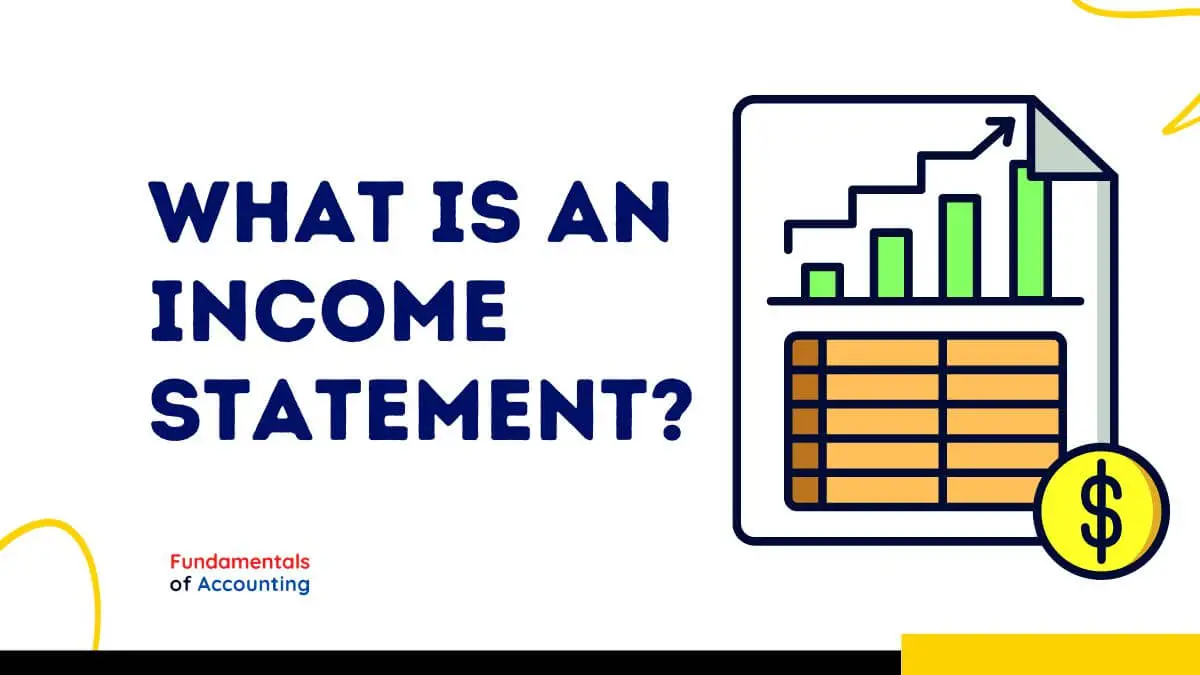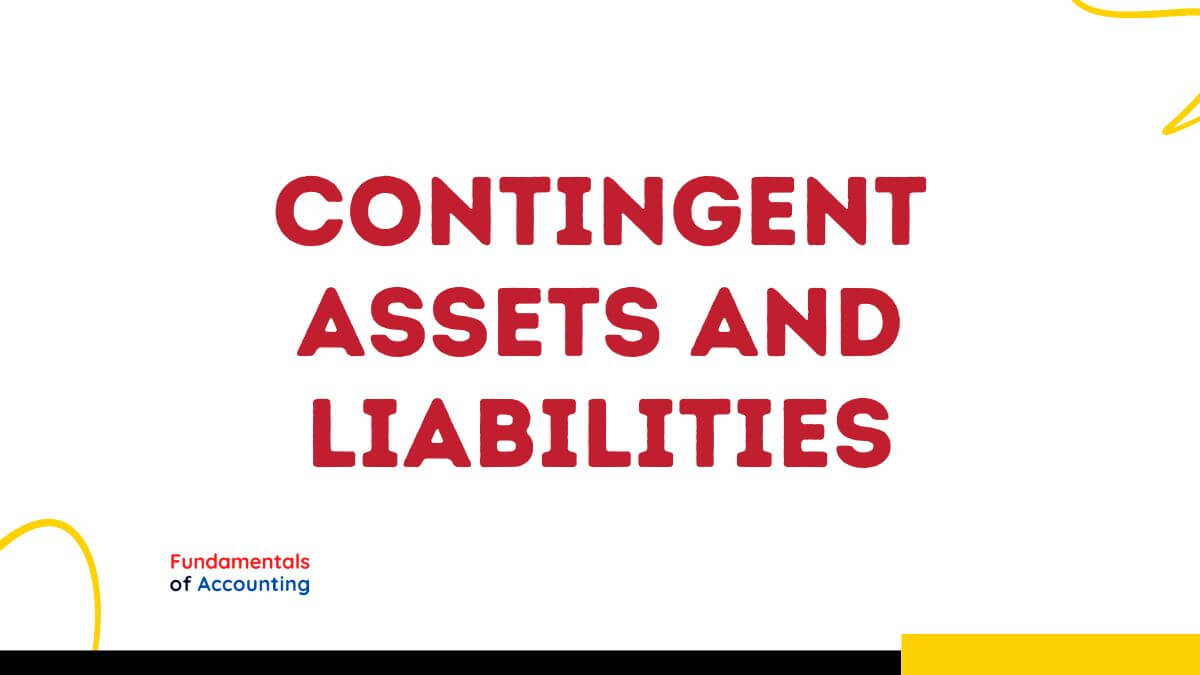What is Working Capital? Why is it Necessary for Businesses?

Working capital refers to the difference between a company’s current assets and current liabilities showing the liquidity strength of a company. Here current assets include cash, accounts receivable and inventory that can be converted into cash within one year. Current liabilities refer to any obligations due within 12 months – accounts payable, wages payable and […]
Why internal control is necessary for accounting system

Internal control procedures in accounting are the policies and procedures implemented by a company to ensure the reliability of financial reporting, safeguard assets, and promote operational efficiency. These controls are designed to prevent fraud, errors, and irregularities in the financial reporting process. In this blog post, we will explore why internal control is necessary for […]
What is the Revenue Recognition Principle?

The revenue recognition principle directs a business to recognise revenue in the period in which it is earned; revenue is not considered earned until a product or service is provided. This means that revenue is recognised during the period in which the service was rendered or the product was delivered to the customer. There is […]
Top 10 Accounting Software | Cloud and Desktop

Whether you operate a small business or a large corporation, the proper accounting software can simplify bookkeeping, calculate taxes automatically, and offer real-time financial data. With technology advances, companies today have the luxury of choosing between cloud-based and desktop accounting applications, both of which provide advantages in terms of accessibility, security, and functionality. Here we […]
ECO-14 Accountancy II – Solved IGNOU Assignment

Assignment Code: ECO-14/TMA/2021-22 What are the different types of branches? Explain various methods of keeping branch accounts in the books of the Head Office. From an accounting standpoint, branches may be categorised as follows: Domestic Branches The branches opened in various regions of the country where the parent enterprise is registered are known as inland […]
What is an Income Statement? Components and Elements

An income statement is a financial statement that shows a company’s revenues and expenses for a specific period of time. The Income Statement analyses the success of a company’s activities; it provides investors and creditors with the information they need to determine a business’s profitability and creditworthiness. When total sales surpass total expenses, a business […]
What is the Statement of Retained Earnings?

Statement of Retained Earnings The Statement of Retained Earnings reconciles the Retained Earnings account from the beginning to the finish of the fiscal year. Retained earnings represent the amount of profit a business reinvests in itself (i.e., the profit that is not used to pay back debt or distributed to shareholders as a dividend). It […]
Some Basic Accounting Questions You Should Be Aware of

General Accounting Concepts If you are an accounting student, these questions must be helpful in ensuring that you know basic accounting concepts. 1. In business terminology, what does the term assets mean? Assets are resources. They are things that a business can put to good use. Cash, commodities, and even entire buildings are some examples. […]
What are Contingent Assets and Contingent Liabilities?

Contingent Assets Contingent assets are those in which the likelihood of economic profit depends completely on future occurrences that cannot be controlled by the company. These assets are not included in the balance sheet due to the unpredictability of future events. However, they are presented in the financial statement notes of the company. Typically, these […]
What is the Current Ratio and Current Ratio Formula?

What is the Current Ratio? The current ratio is a measure of the short-term financial liquidity of a business. It is the ratio of current assets to current liabilities. It is necessary to understand current assets and current liabilities’ meanings to find out the current ratio of a business entity. Current Assets Current assets are […]
